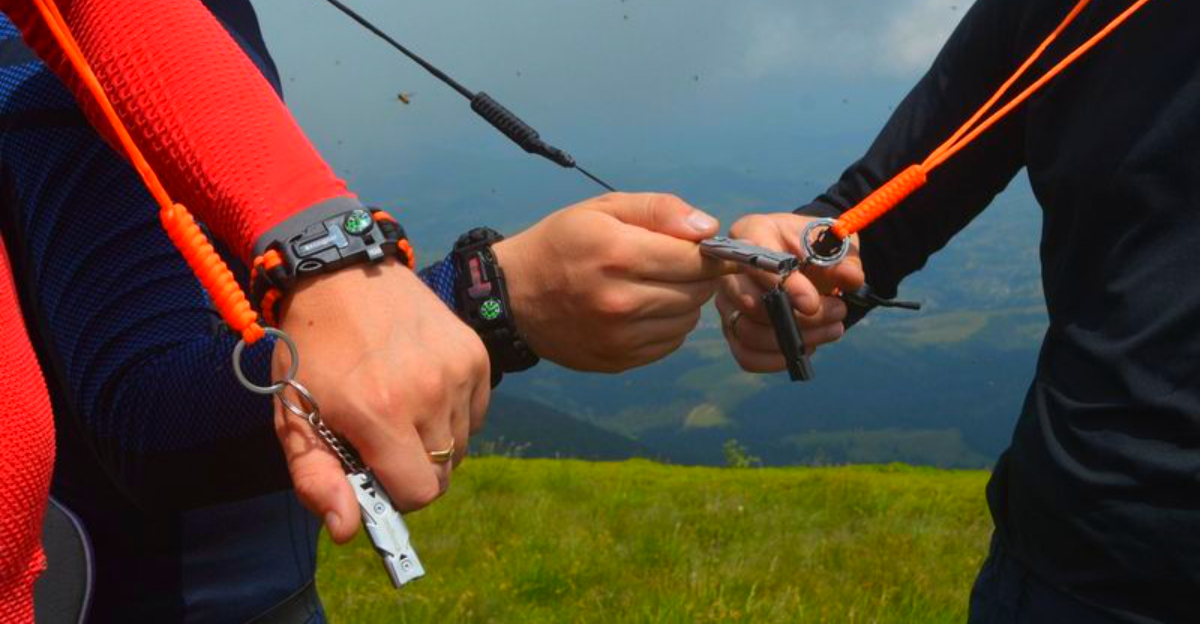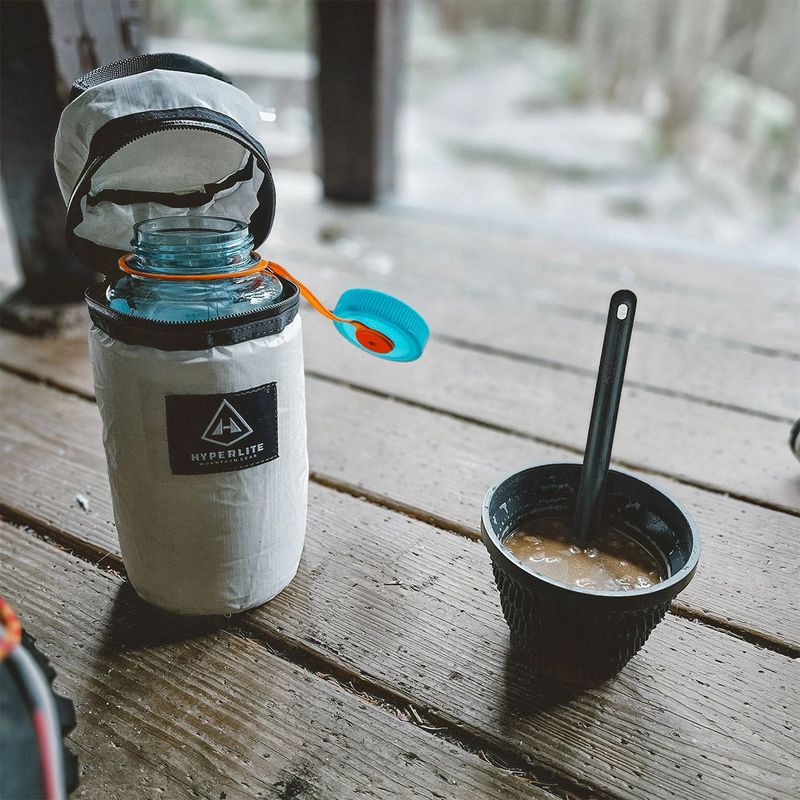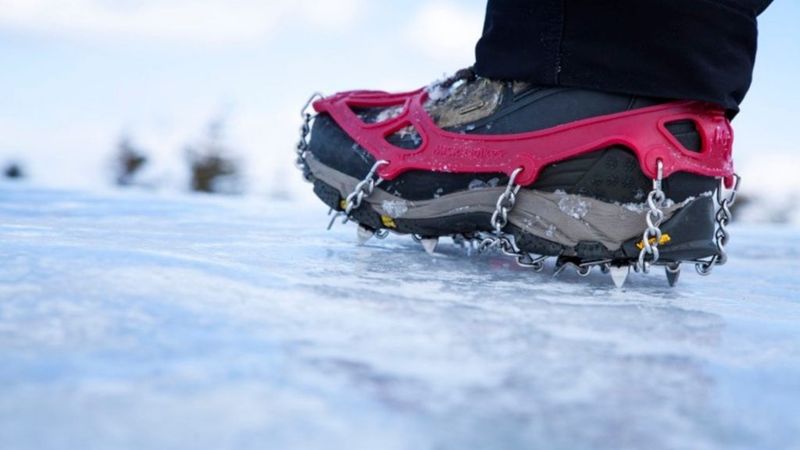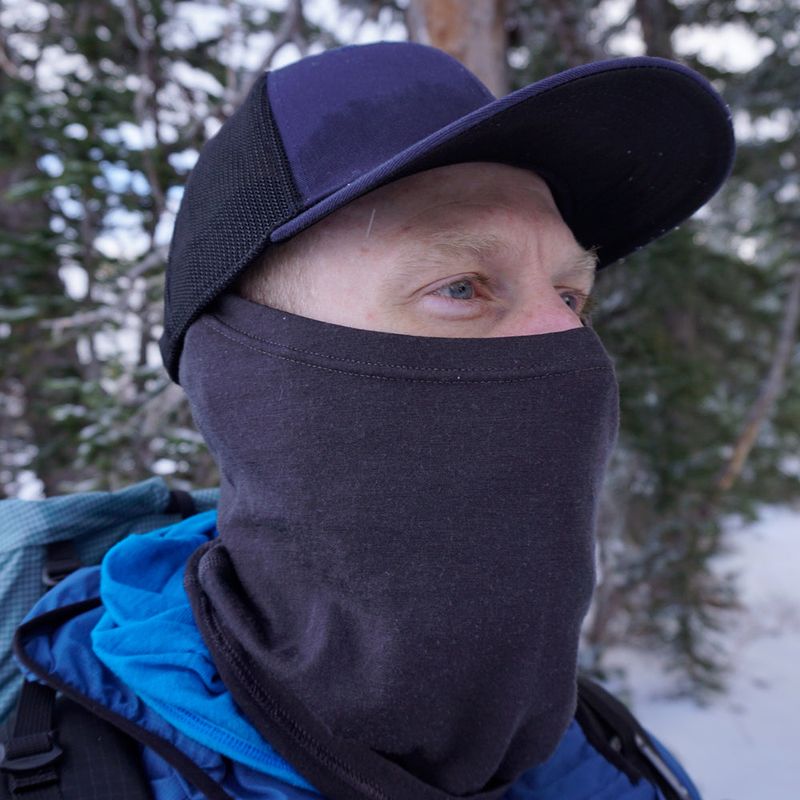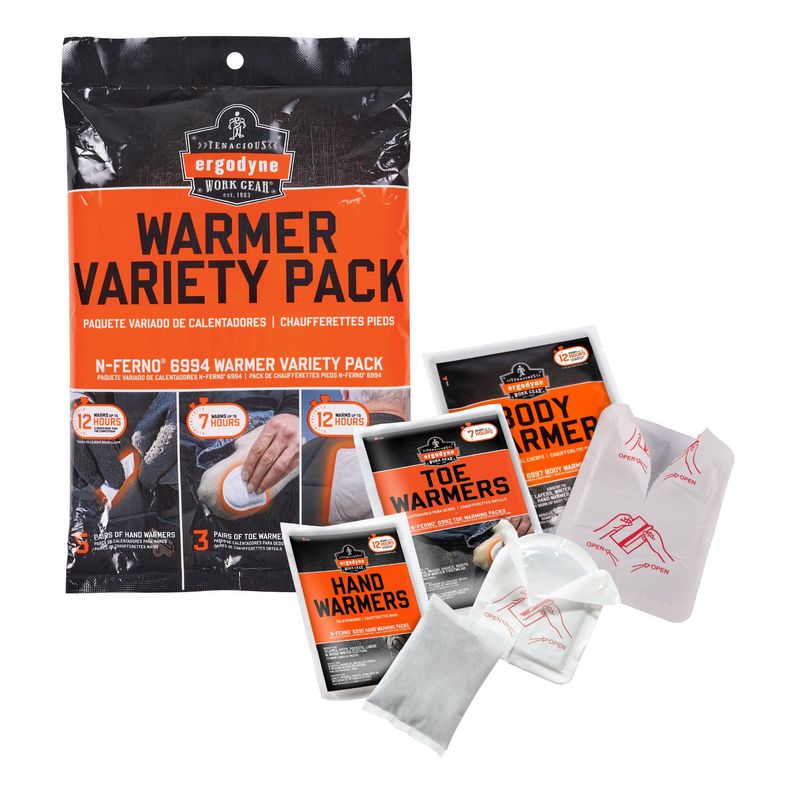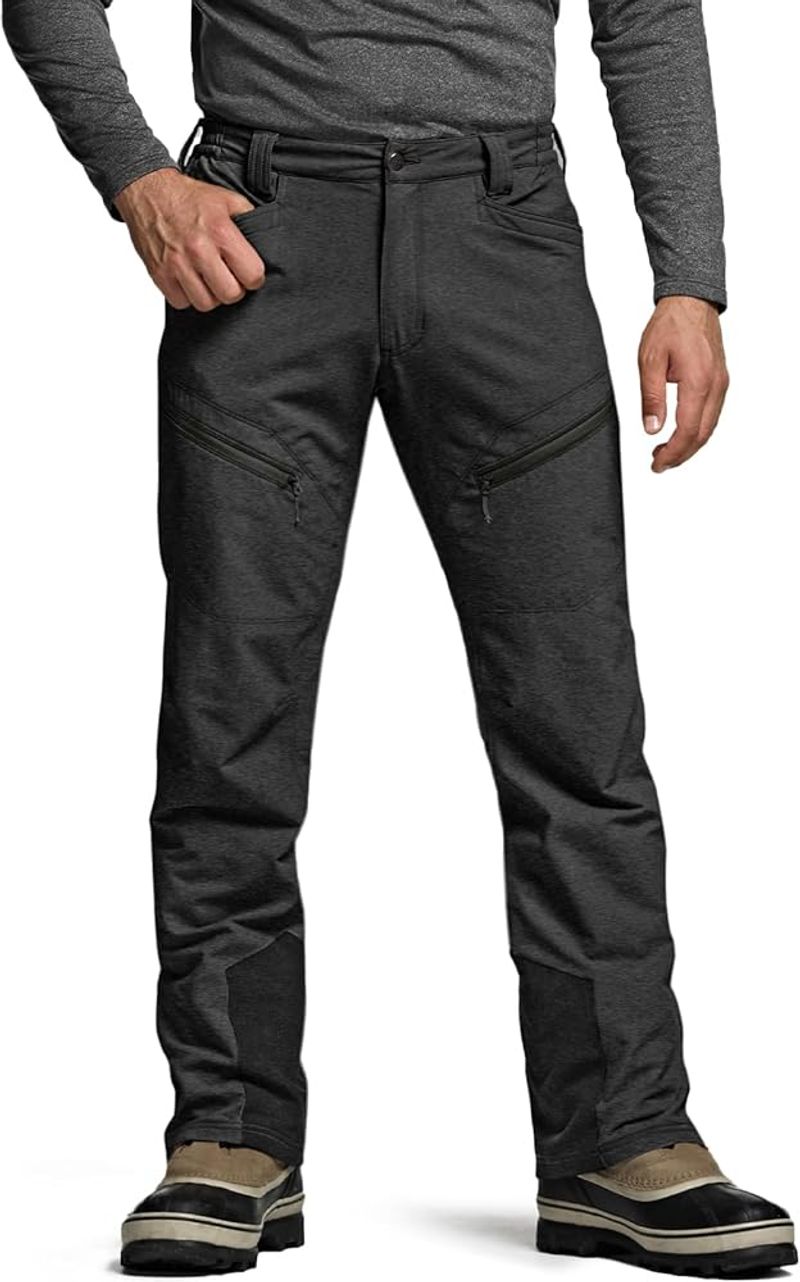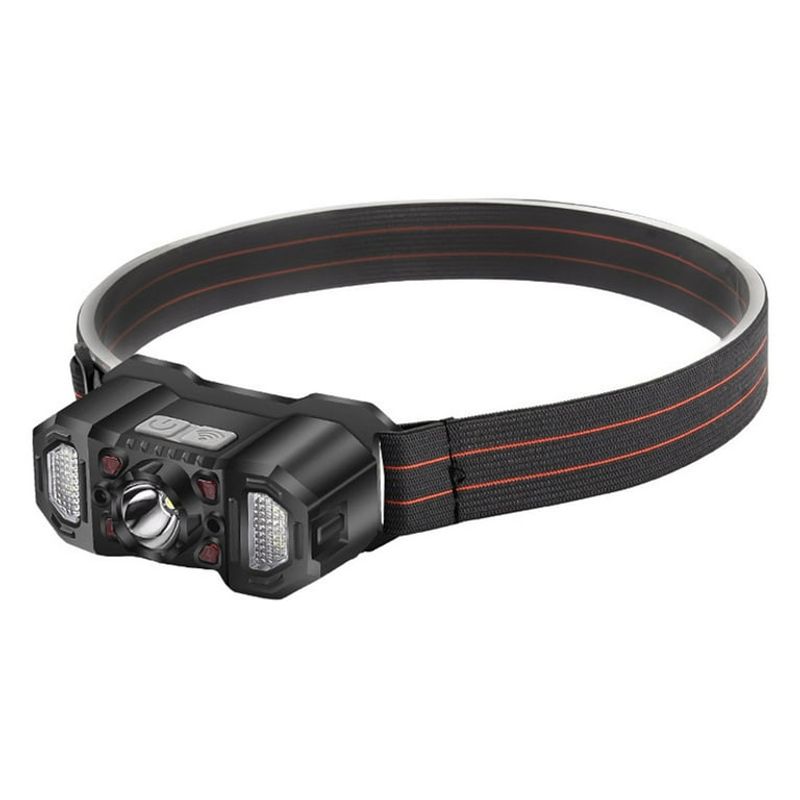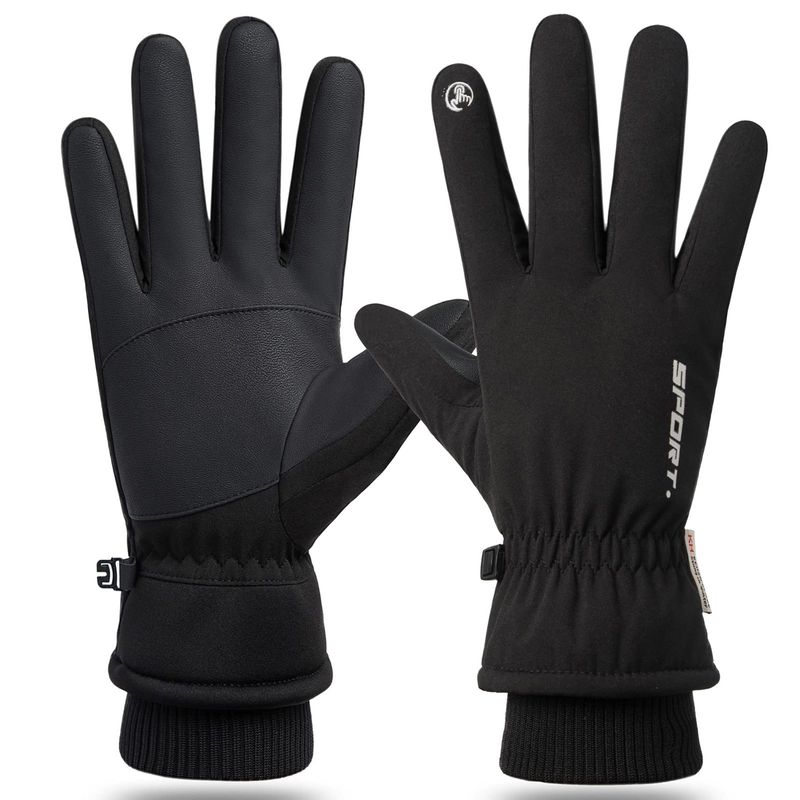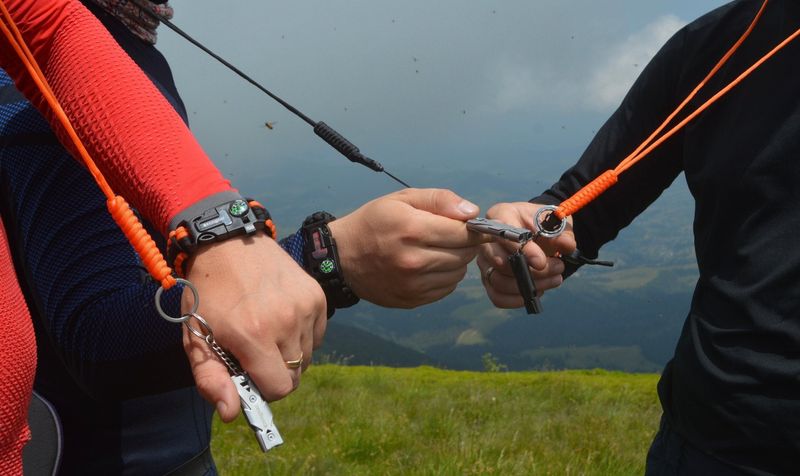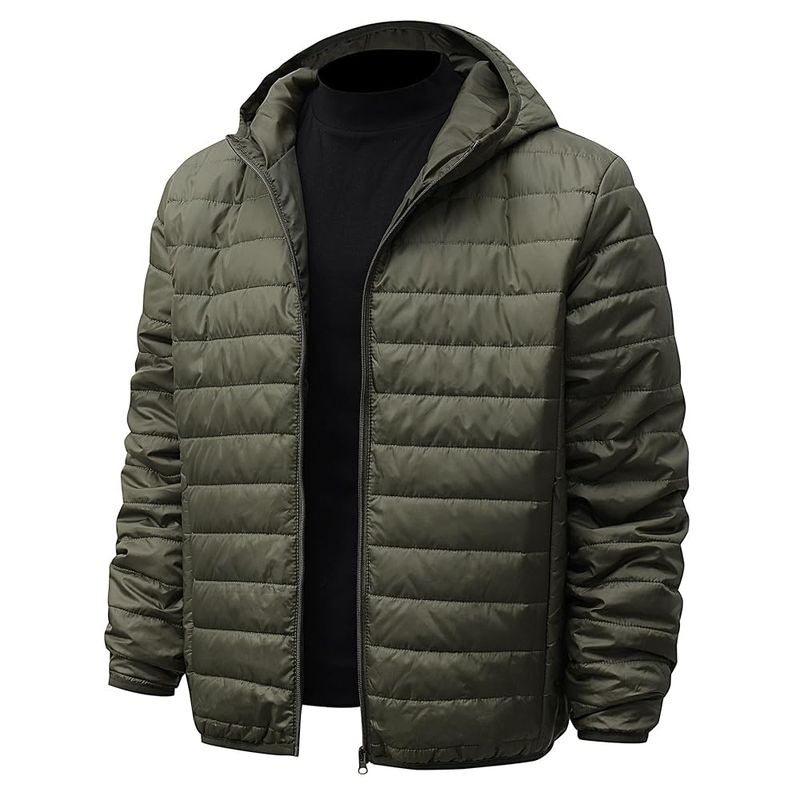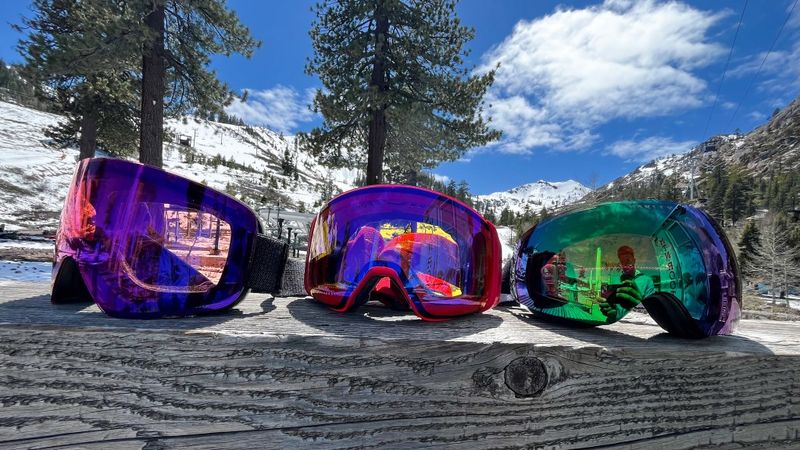Winter hiking offers breathtaking snowy landscapes and crisp, fresh air that you just can’t experience any other time of year. But cold weather, icy trails, and unpredictable conditions mean you need the right gear to stay safe and comfortable on the mountain. Whether you’re a seasoned trekker or just starting out, having the proper accessories can make the difference between an amazing adventure and a miserable, even dangerous, experience.
1. Insulated Water Bottle Holder
Staying hydrated during winter hikes is just as important as in summer, but freezing temperatures can turn your water into a solid block of ice within hours. An insulated bottle holder wraps around your water container, keeping it liquid even when temperatures drop below freezing.
Many hikers make the mistake of thinking they don’t need much water in winter because they’re not sweating as much. That’s actually dangerous thinking. Cold, dry air pulls moisture from your body with every breath.
Look for holders with adjustable straps that attach easily to your backpack. Some even come with reflective strips for extra visibility during those short winter days.
2. Microspike Traction Cleats
Icy trails can turn a peaceful hike into a slippery nightmare faster than you can say “avalanche.” Microspikes are like snow tires for your boots, with metal spikes that dig into ice and packed snow to give you solid footing on treacherous terrain.
These stretchy rubber harnesses slip over your regular hiking boots in seconds. The steel spikes underneath grip ice better than any boot tread alone ever could. They’re lightweight enough that you won’t even notice them in your pack until you need them.
Professional mountain guides won’t step onto winter trails without them. Neither should you if you value your ankles and want to avoid embarrassing falls.
3. Neck Gaiter with Face Coverage
Biting wind and freezing temperatures can leave your face feeling like you stuck it in a freezer. A good neck gaiter pulls double duty, protecting both your neck and face from harsh winter elements while still letting you breathe comfortably.
Unlike scarves that come loose or bulky balaclavas that make you look like a bank robber, gaiters stay put during active hiking. Modern versions use moisture-wicking fabrics that keep sweat away from your skin while blocking wind. You can pull them up over your nose and mouth when conditions get brutal, then drop them down when you warm up.
Choose ones made from merino wool or synthetic blends for the best warmth-to-weight ratio.
4. Hand Warmer Packets
Your body pulls blood away from your extremities when temperatures plummet, leaving fingers painfully cold even inside thick gloves. Hand warmer packets are small, lightweight insurance policies against frozen fingers that can’t grip trekking poles or work zippers.
These chemical heat packs activate when exposed to air and provide hours of gentle warmth. Slip them inside your gloves or pockets, and they’ll keep your hands functional when the mercury drops. They’re especially crucial during rest breaks when you stop generating body heat through movement.
Experienced winter hikers always carry extras in case conditions worsen unexpectedly or the hike takes longer than planned.
5. Insulated Hiking Pants
Regular jeans or cotton pants are basically invitations for hypothermia once winter conditions hit. Insulated hiking pants use synthetic fills or fleece linings to trap warm air around your legs while blocking wind and moisture from getting through to your skin.
The best versions have reinforced knees and seat areas that resist wear from rocks and logs. Look for pants with zippered vents along the thighs—winter hiking generates serious body heat during steep climbs, and you’ll want to dump excess warmth without stripping down completely.
Water-resistant outer shells keep you dry when brushing through snow-laden branches or sitting on snowy logs during lunch breaks.
6. Headlamp with Red Light Mode
Winter days are short, and trails that seem easy in daylight become disorienting mazes once the sun sets at 4:30 PM. A reliable headlamp keeps you safe when darkness falls earlier than expected or your hike runs longer than planned.
Red light mode is a game-changer that preserves your night vision while still illuminating the trail ahead. White light blinds you temporarily and makes it harder to see once you turn it off. Red light lets your eyes stay adjusted to darkness while providing enough illumination to avoid obstacles.
Choose models with long battery life and bring extras—cold temperatures drain batteries faster than you’d expect out there.
7. Thermal Insulated Gloves
Frostbite doesn’t mess around, and fingers are usually the first casualties of inadequate cold-weather gear. Quality thermal gloves create a warm microclimate around your hands using layered insulation and windproof outer shells that block heat-stealing breezes.
The challenge is finding gloves warm enough for winter yet dexterous enough to handle gear, adjust layers, or snap photos. Touchscreen-compatible fingertips let you check your phone or GPS without exposing bare skin to freezing air. Some hikers prefer glove liners under heavier mittens for maximum flexibility and warmth options.
Waterproof versions are essential if you’ll be handling snow or hiking in mixed precipitation conditions throughout your adventure.
8. Avalanche Safety Whistle
Getting separated from your group or injured on a winter trail is scary enough without being unable to call for help. Emergency whistles produce piercing sounds that carry much farther than human voices, especially in wind or across snow-covered terrain that absorbs normal shouting.
Three short blasts is the universal distress signal that alerts other hikers or rescue teams to your location. Unlike your voice, which gets hoarse after a few minutes of yelling, a whistle works indefinitely and requires minimal energy to operate—crucial when you’re injured or exhausted.
Attach one to your backpack strap or jacket zipper where you can reach it instantly in emergencies without digging through pockets.
9. Packable Down Jacket
Body temperature drops fast once you stop moving, and winter rest breaks can turn dangerously cold within minutes. A packable down jacket provides incredible warmth for its weight, compressing into a tiny bundle that won’t weigh down your pack until you need it.
Modern down jackets use water-resistant treatments that maintain insulation even in damp conditions. When you reach the summit or stop for lunch, throwing on this extra layer prevents your core temperature from plummeting while you’re stationary. The difference between shivering miserably and enjoying your break is often just one extra insulating layer.
Choose jackets with hoods for maximum heat retention and protection against unexpected weather changes at elevation.
10. UV-Protective Snow Goggles
Snow blindness is real and brutally painful—basically a sunburn on your eyeballs caused by UV rays reflecting off bright snow. Regular sunglasses often aren’t enough because light bounces up from below and sneaks in around the frames, hitting your eyes from multiple angles.
Ski goggles or wraparound snow glasses block light from all directions while providing 100% UV protection. Anti-fog coatings and ventilation systems prevent the frustrating condensation that makes cheaper eyewear useless during exertion. Interchangeable lenses let you adapt to changing light conditions, from bright sunshine to flat overcast light that makes terrain difficult to read.
Your future self will thank you for protecting your vision on those blindingly bright winter days.
